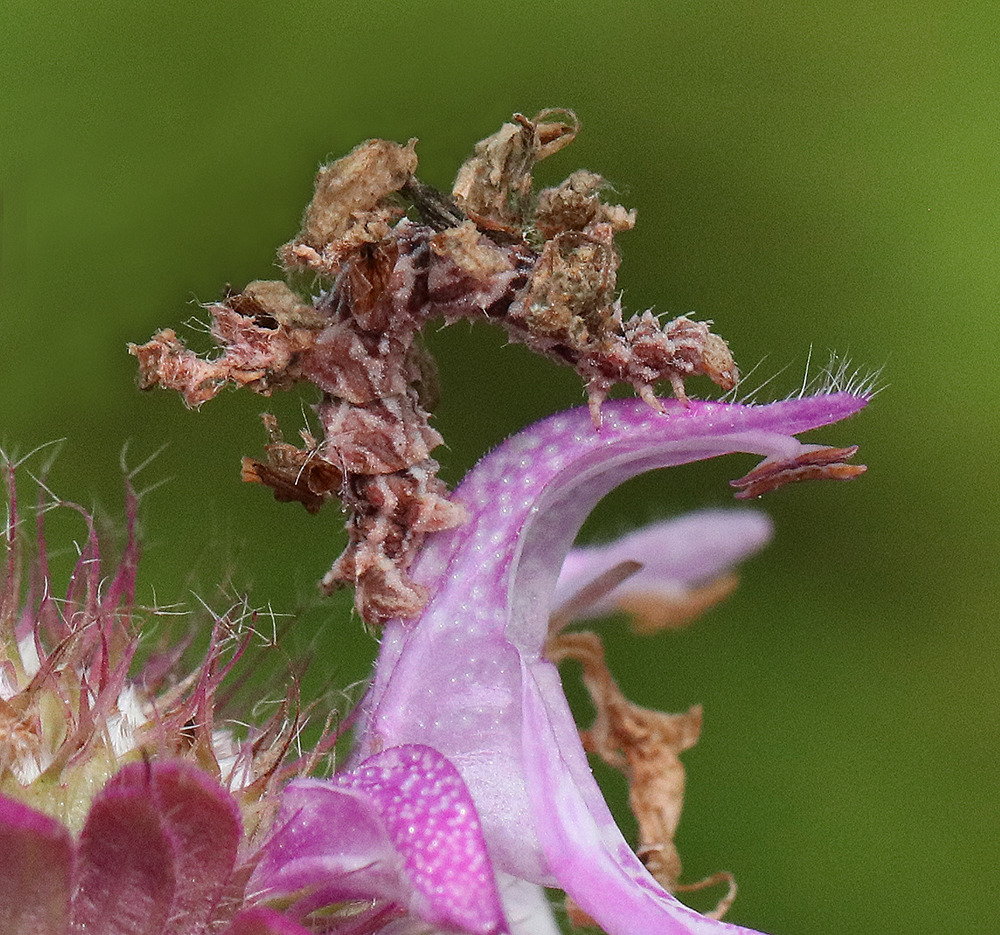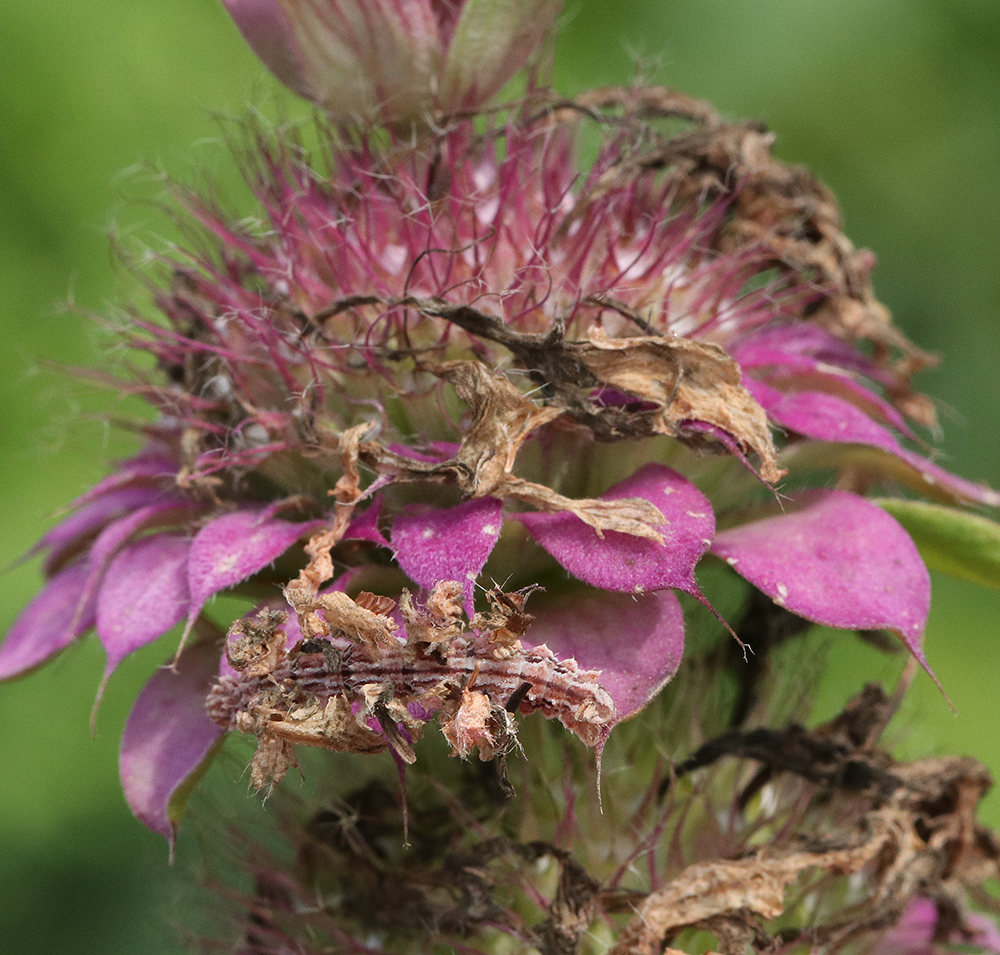Critter Spotlight: Camouflaged Looper
go.ncsu.edu/readext?946545
en Español / em Português
El inglés es el idioma de control de esta página. En la medida en que haya algún conflicto entre la traducción al inglés y la traducción, el inglés prevalece.
Al hacer clic en el enlace de traducción se activa un servicio de traducción gratuito para convertir la página al español. Al igual que con cualquier traducción por Internet, la conversión no es sensible al contexto y puede que no traduzca el texto en su significado original. NC State Extension no garantiza la exactitud del texto traducido. Por favor, tenga en cuenta que algunas aplicaciones y/o servicios pueden no funcionar como se espera cuando se traducen.
Português
Inglês é o idioma de controle desta página. Na medida que haja algum conflito entre o texto original em Inglês e a tradução, o Inglês prevalece.
Ao clicar no link de tradução, um serviço gratuito de tradução será ativado para converter a página para o Português. Como em qualquer tradução pela internet, a conversão não é sensivel ao contexto e pode não ocorrer a tradução para o significado orginal. O serviço de Extensão da Carolina do Norte (NC State Extension) não garante a exatidão do texto traduzido. Por favor, observe que algumas funções ou serviços podem não funcionar como esperado após a tradução.
English
English is the controlling language of this page. To the extent there is any conflict between the English text and the translation, English controls.
Clicking on the translation link activates a free translation service to convert the page to Spanish. As with any Internet translation, the conversion is not context-sensitive and may not translate the text to its original meaning. NC State Extension does not guarantee the accuracy of the translated text. Please note that some applications and/or services may not function as expected when translated.
Collapse ▲Recently while working in my Pollinator Paradise Demonstration Garden I was observing all the bee activity on the lemon beebalm (Monarda citriodora) when I noticed a slight movement out of the corner of my eye on one of the blooms. It took me while to figure out what I was looking at, because it seemed like a part of the flower was moving! Turns out I was observing a tiny inchworm called the camouflaged looper. The camouflaged looper is the larva of a moth called the wavy-lined emerald (Synchlora aerata). It gets its name from its ability to disguise itself from predators: it bites off pieces of the flower it is feeding on and attaches the flower pieces to its back so it blends in with the bloom and is practically invisible to predators such as birds!
And get this: if the caterpillar moves to a different flower with a different color scheme, it swaps out its disguise and replaces it with pieces of the new flower…how about that!
I was so charmed by this curious looking little inchworm and enjoyed taking photos of it as it moved around the bloom. I hope I can spot more camouflaged loopers in the pollinator garden this season…you can bet I’ll be looking for them!

Camouflaged looper on lemon beebalm. Many caterpillars rely on their natural camouflage to hide from predators (for example some look like leaf edges, or bark, or bird droppings) but only the camouflaged looper is able to change its disguise to adapt to different plants! Photo by Debbie Roos.

The camouflaged looper’s ability to change its appearance gives it an advantage by allowing it to feed on many different plants. Caterpillars that are not capable of changing their appearance often specialize on one species of plant where they can blend in. Photo by Debbie Roos.

Not sure where this one was headed! Photo by Debbie Roos.

Camouflaged looper on lemon beebalm. Photo by Debbie Roos.

Camouflaged looper feeding on lemon beebalm. Photo by Debbie Roos.

This one is demonstrating why it’s called a looper! Photo by Debbie Roos.

In this shot you can see the natural coloration of the caterpillar where it has not attached any flower parts. Photo by Debbie Roos.

Can you spot the (very well) camouflaged looper? If they are not moving they are almost impossible to see! Photo by Debbie Roos.


